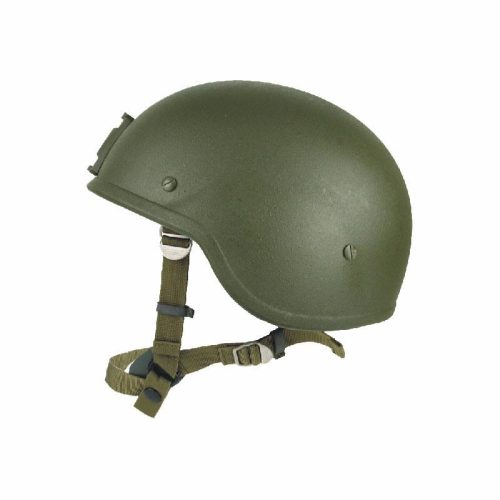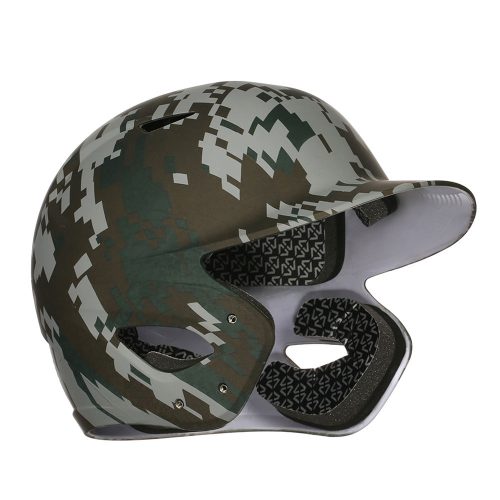Bike helmets are designed to protect your head and, by extension, your brain when you’re cycling. They are a vital piece of safety gear for riders of all ages and experience levels. Here’s how bike helmets work to safeguard your noggin:
- Impact Absorption: The primary function of a bike helmet is to absorb and disperse the force of impact in the event of a crash, fall, or collision. The outer shell of the helmet takes the initial impact, spreading the force over a larger area.
- Inner Foam Liner: Most bike helmets have an inner foam liner, typically made of expanded polystyrene (EPS). This foam is designed to crush and compress upon impact, which lengthens the time it takes for the head to decelerate. This process reduces the force transferred to the brain, helping to prevent injury.
- Energy Dissipation: The EPS foam effectively dissipates energy from the impact, decreasing the risk of head injuries, including concussions and traumatic brain injuries.
- Rotational Protection: Many modern bike helmets are equipped with technologies like MIPS (Multi-Directional Impact Protection System) or SPIN (Shearing Pad INside). These systems allow for a degree of rotational movement during an angled impact, reducing the rotational forces on the brain and decreasing the risk of rotational injuries.
- Shell and Straps: The hard outer shell of the helmet provides extra protection against sharp objects and abrasion. The straps, chin buckle, and retention system ensure that the helmet stays securely on your head during a crash, preventing it from coming off and further protecting your head.
- Ventilation: Helmets are designed with ventilation to keep your head cool and comfortable. Proper airflow helps you focus and maintain control while riding, reducing the risk of accidents.
- Sizing and Fit: A properly fitting helmet is essential for maximum protection. It should sit level on your head, cover your forehead, and be snug but not too tight. The straps should be securely fastened, and the helmet should not move when you shake your head.
- Impact Testing: Bike helmets undergo rigorous impact testing to ensure they meet safety standards. In the United States, helmets are tested and certified by the Consumer Product Safety Commission (CPSC).
- Routine Inspection: Regularly inspect your helmet for signs of wear and tear. If it has been involved in an accident or shows any structural issues, replace it immediately.
- Habitual Use: The effectiveness of a bike helmet in protecting your head depends on regular use. Always wear your helmet when cycling, regardless of your skill level or the distance you plan to ride.
- Kids and Helmets: Encourage children to wear helmets from an early age to establish a lifelong habit of safety. Make it a non-negotiable rule for every ride.
In summary, bike helmets are designed to protect your head by absorbing and dissipating the energy of an impact, reducing the risk of brain injuries. However, they can only provide protection when worn correctly and consistently. Make helmet use a standard practice for yourself and your family to ensure your safety while cycling.


